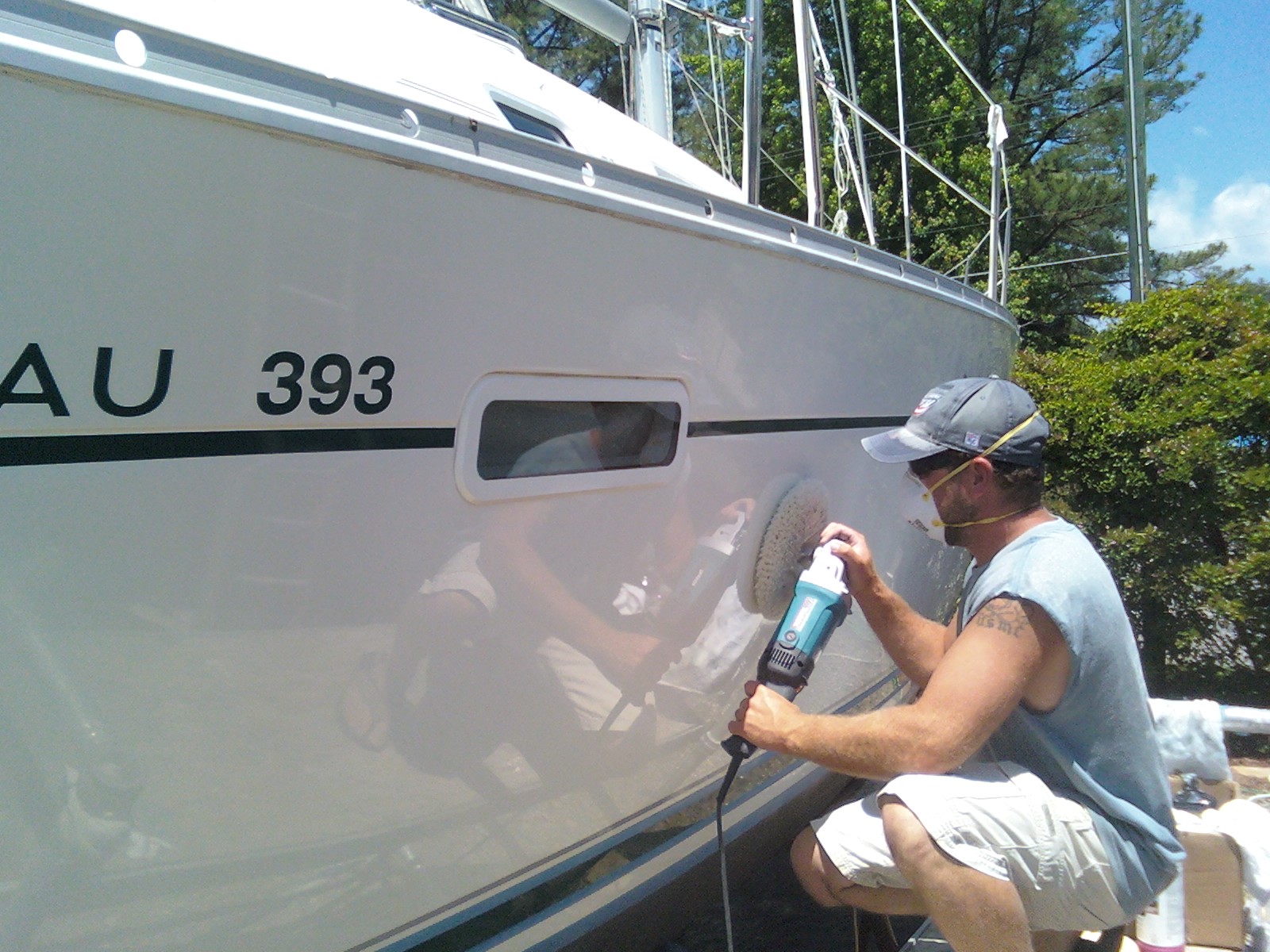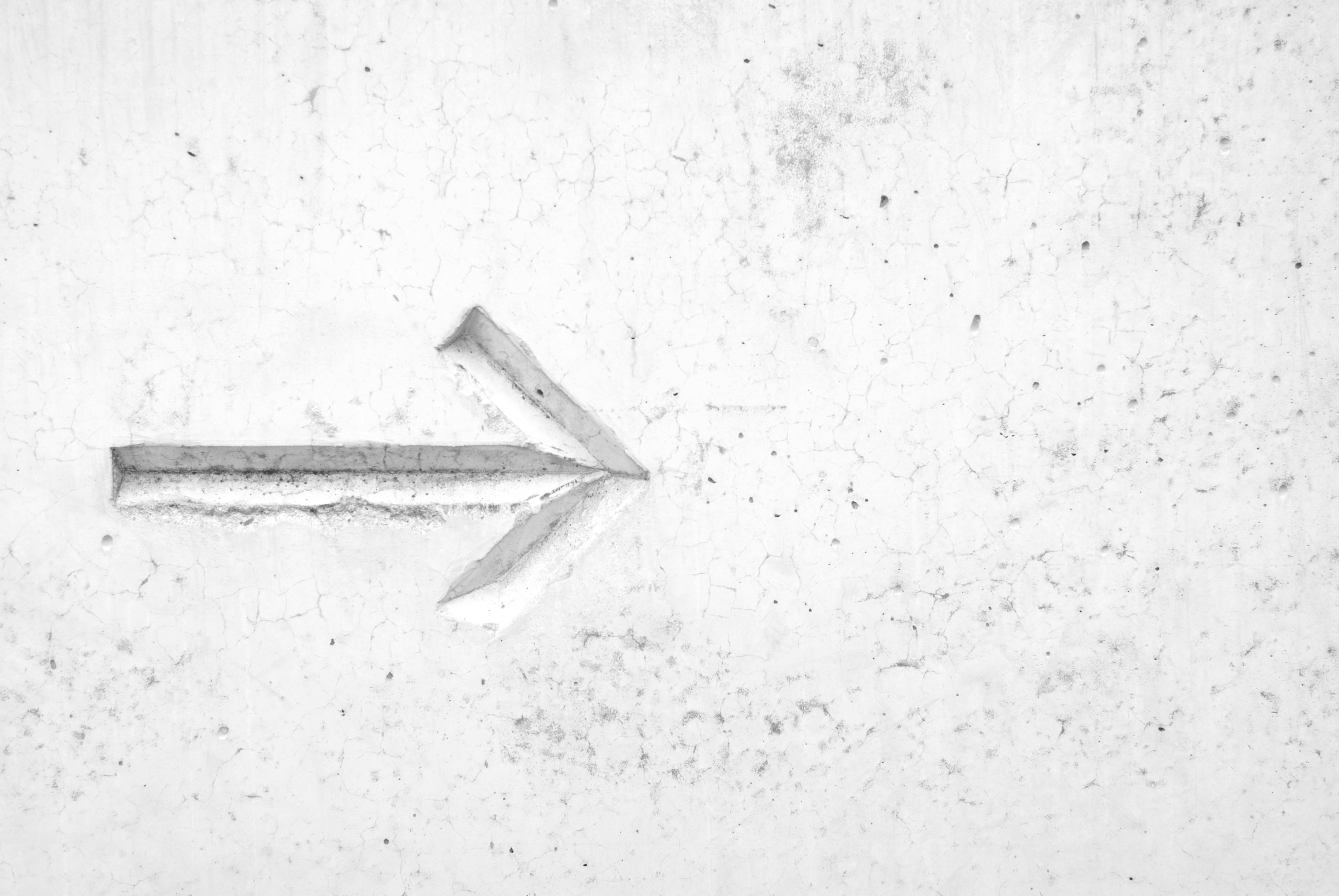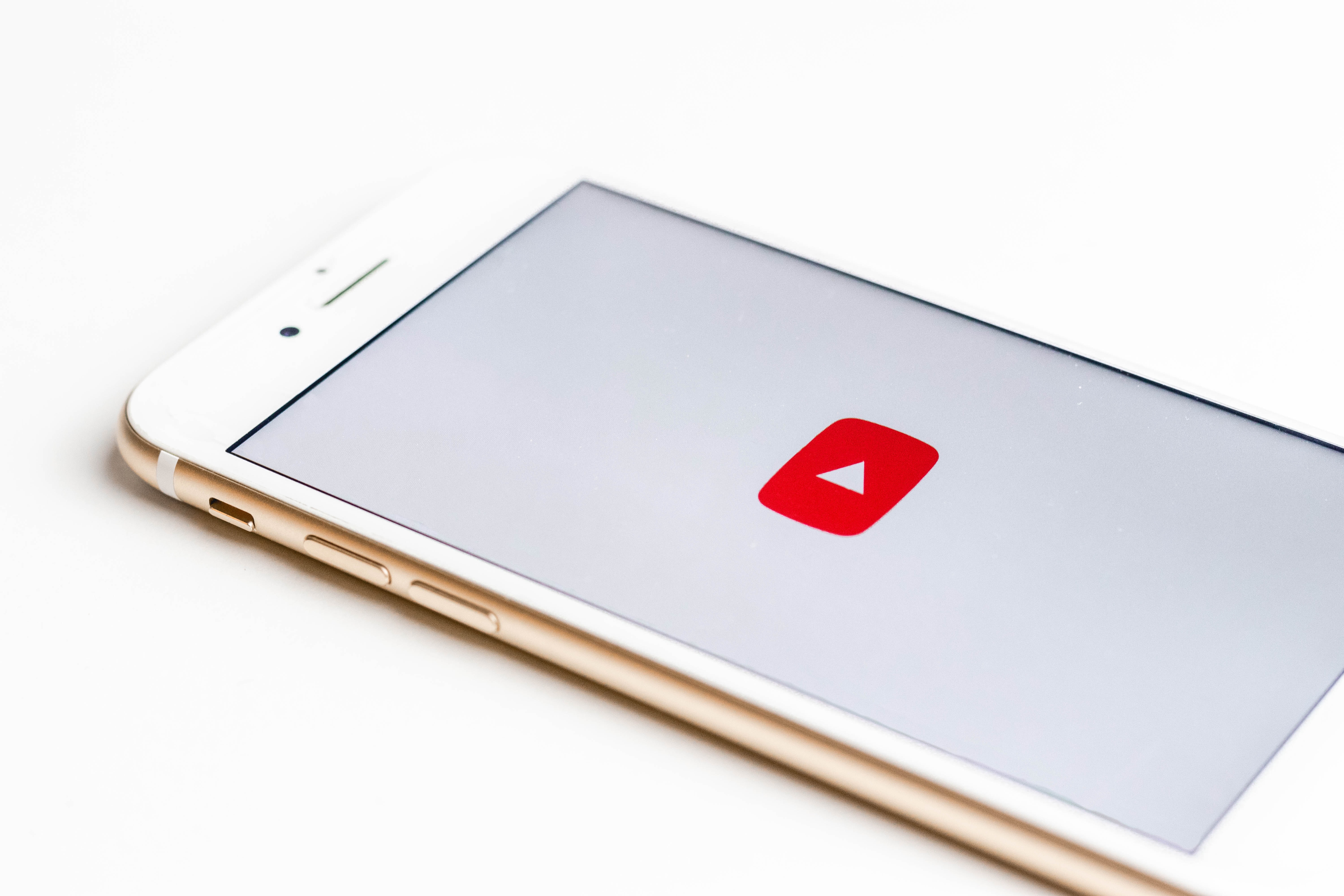PRE AND POST SEASON MAINTENANCE

There are two times of year that have proven to be the most important in terms of maintenance – prior to the launch of boating season and the offseason, or winter lay-up period. Preparation is necessary to ensure a long-term life span for many years to come.
SPRING LAUNCH CHECKLIST
- Replace engine and transmission zincs
- Inspect engine mounts
- Replace engine heater plugs
- Replace engine air filter
- Check the oil cooler for leaks
- Check level of the oil reservoir
- Commission engine at dock - check fluids, cooling, and oil pressure
- Soap and scrub bilges and engine pan and replace oil absorbent pads
- Inspect hoses and clamps for leaks and corrosion
- Inspect exhaust elbows
- Replace engine belts
- Inspect the boat's steering controls and linkage. Lubricate and adjust as necessary.
- Inspect wear ring & impeller
- Examine all electrical connections on the boat's motor
- Before launch, clean all connections and hook up all terminals
- Apply anti-corrosive product to all connections
- Test and charge batteries as needed
- Test all mechanical systems for proper operation
- Check that all electronics function correctly
- Replace raw water pump impellers and gasket
- Inspect and clean raw water strainers
- Service hull sea cocks by removing barnacles and growths, lubricating the sea cocks, and confirm proper operation
- Examine the condition of shaft and boots
- Clean propeller of growth and check for damage to blades
- Install new zinc
- Replace holding tank filter
- Commission fresh water system and fill water tank
- Test all water systems and remove all non-toxic antifreeze, including head, shower sump, deck faucet, and all spigots in head and galley
- Prep and paint lower unit as needed
- Clean and paint strainers
- Prep and paint bottom
- Clean swim platform, boarding ladder, and boarding step
- Re-install exterior cushions and canvas
- Adjust windshield wipers and replace blades
- Inspect and certify fire extinguishers
- Make sure you have an adequate number of lifejackets onboard
- Ensure that your?boat insurance policy?is up-to-date, and you have proof of insurance in a safe place on the boat
WINTERIZATION CHECKLIST
- Consult your boat’s manufacturer or a qualified marine expert for preparation items specific to your boat’s make and model.
- Get a pre-winterization inspection to audit the boat’s fenders, dock lines, cushions, and covers, as well as the electrical and mechanical systems.
- For winterization and decommission, change the engine oil and filters including fuel.
- Change the engine coolant.
- Check and adjust all belts.
- Conduct a pressure test on the cooling system.
- Change the transmission fluid and filter.
- Winterize the fresh water system and all appliances.
- Winterize the head, including the holding tank and add a deodorizer.
- Pump the holding tank.
- Disconnect cables and clean all battery terminals.
- Winterize the air conditioning
- Winterize refrigeration appliances.
- Winterize the salt water wash-down pump.
- Inspect and clean the shower sump and filter.
- Examine the discharge pump and filter.
- Remove the exterior cushions and canvas.
---------------
BOAT MOTOR MAINTENANCE
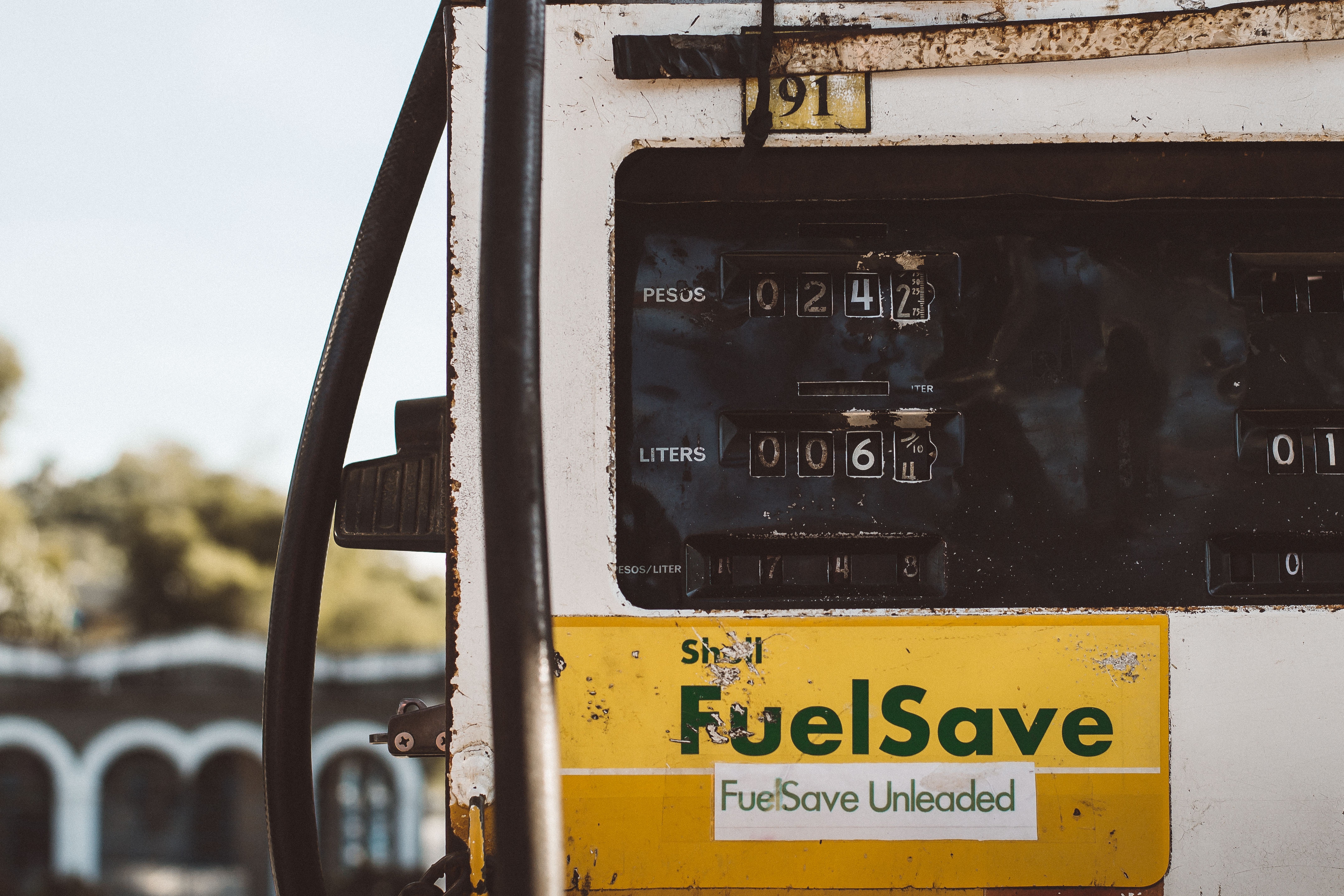
- Inspect your boat's water pump impellers for signs of aging including rust and cracks
- Regularly examine your propeller shaft to confirm that it turns freely.
- All engine hoses should be checked periodically.
- Check your boat's propeller shaft stuffing box for leakage.
- Check for fuel smell. If you smell fuel, there is a leak on the engine.
---------------
ROUTINE INSPECTION TIPS
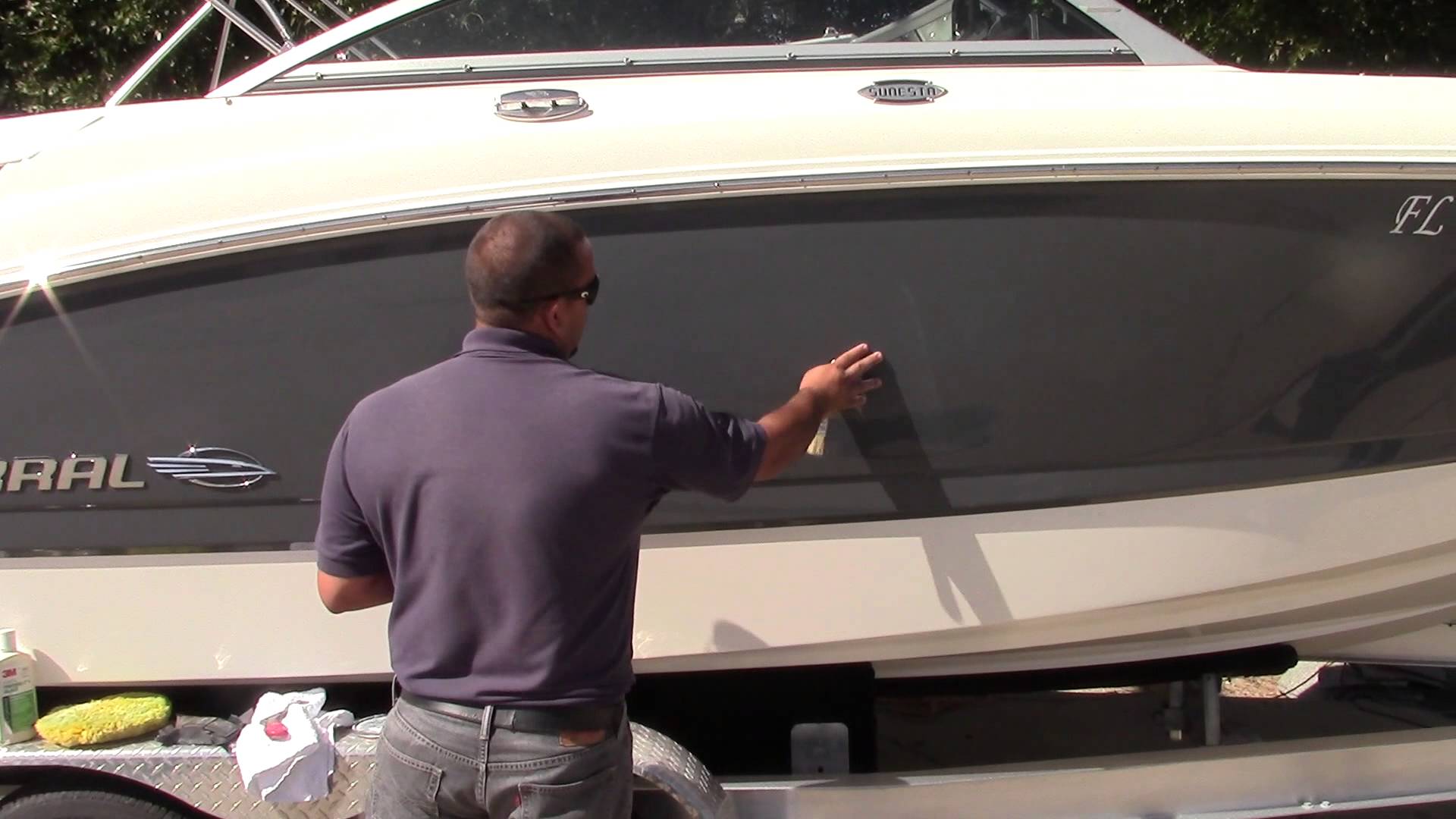
- Unless your boat uses a maintenance free battery it is important to monitor the battery's fluid level.
- If your boat has struck a submerged object it is advisable to have a repair shop examine the running gear to assure that all damage has been repaired.
- The propeller, the propeller shaft, and the strut should be cleaned periodically.
- It is important to regularly inspect and service the boat trailer. Worn trailer parts can make it difficult to launch and retrieve the boat and risk damaging the hull in transport.
- Check for rust. Upon identifying a rust stain perform a thorough examination of the hull to determine what caused the stain.
- Remove your craft from a boat lift and store properly during compromising weather conditions.
---------------
SAILBOAT MAINTENANCE

- The rigging on a sailboat should be inspected at regular intervals to make sure it is properly tuned and that the fittings are in good condition.
- The halyards and sheets on your sailboat should be periodically inspected for wear.
- Most of the roller furling systems require little to no maintenance. However, if the system is not operating smoothly it should be inspected and adjusted or repaired as needed.
